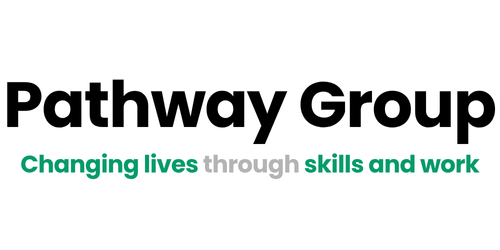Safeguarding Central
Safeguarding in 2025: Key Trends & Insights
We’re committed to promoting safety, wellbeing, and informed communities. The safeguarding landscape in England is evolving rapidly.
Safeguarding is everyone’s responsibility. These trends show how social, technological, and systemic pressures are reshaping risk—and why early help, inclusive support, and awareness are essential to keeping people safe.
What can I do?
If you work with children or vulnerable adults, stay updated with current risks and best practices.
Parents & carers: Talk to your children about online safety and wellbeing.
Concerned about someone? Contact your local safeguarding team.
Key Trends & Insights
Mental Health & Substance Misuse Driving Referrals
Child protection referrals are increasingly linked to parental mental health challenges and substance misuse—now more common triggers than domestic abuse. This highlights the urgent need for wraparound family support services.
Disappearing Early-Help Services
Since 2009, over a third of family support centres have closed due to funding cuts. Many families now struggle to access early intervention, putting added pressure on schools and social services.
Schools Under Strain
Schools are now one of the largest sources of safeguarding referrals. With rising concerns over student mental health, bullying, and digital risks, school staff face growing safeguarding responsibilities without the same increase in resources.
Digital Threats: Deepfakes & Grooming
Online safeguarding threats are escalating. Children as young as 8 are exposed to inappropriate content, grooming, and AI-manipulated images. Digital literacy and parental awareness have never been more important.
County Lines & Criminal Exploitation
Organised crime continues to exploit vulnerable young people. New laws now criminalise the use of children in gang activity, while services are being urged to spot signs early and disrupt exploitation at the source.
Group-Based Exploitation Under National Review
A 2025 national audit uncovered systemic failures in identifying and responding to group-based child sexual abuse. A national inquiry has been launched, aiming to improve multi-agency coordination and accountability.
Tackling Racial Inequities in Safeguarding
Recent reviews reveal safeguarding systems often overlook issues of racism and cultural bias. There’s a growing call for anti-racist safeguarding strategies, culturally competent training, and inclusive practice.
Multi-Agency Data Sharing & Collaboration
Integrated safeguarding responses, such as Multi-Agency Safeguarding Hubs (MASH), are key to early intervention. Real-time data sharing and collaboration between health, education, and social care services are now vital.
The “Cliff Edge” at Age 18
Young people can fall through the gaps when transitioning from children’s to adult services. Colleges, youth groups, and charities are working to ensure more consistent safeguarding support for 18–25 year olds.
Adult Safeguarding on the Rise
Cases of abuse or neglect of vulnerable adults are increasing. Key challenges include workforce pressures, lack of training, and ensuring adults’ voices are heard in safeguarding decisions.
